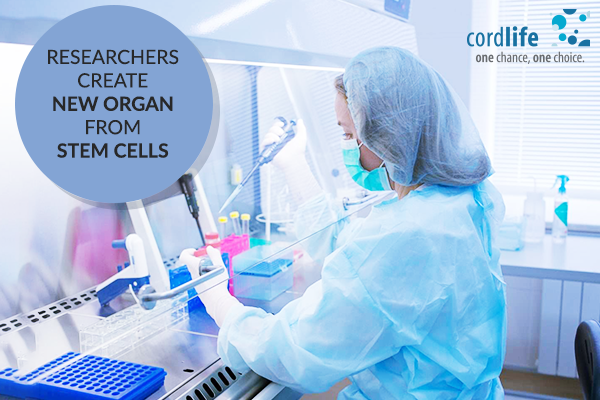Table of Contents
A new record was achieved in the U.S in the year 2017, when approximately 35,000 organ transplants were performed through organ donations. However, the hard truth is, in spite of such large numbers of organ donations, demands far outstrips supply. Nearly 126,000 patients are on U.S. waiting lists for various organs, including more than 103,000 people seeking kidneys, 14,000 who need livers, close to 1,400 potential lung transplant recipients and nearly 4,000 are waiting for donor hearts.
Thus, the premise for researchers to work on a solution that can help mitigate this critical issue. For a substantial number of years teams of researchers have been trying to formulate a solution, wherein a patient’s own stem cells may be used to design and manufacture or even grown an ailing organ, for example, the heart, liver, kidney, as a replacement. This would also solve the problem of organ rejection which exists if the patient is given a donor organ during transplant.
Dr. Stephen F. Badylak, director of the Center for Pre-Clinical Tissue Engineering at the University of Pittsburgh’s McGowan Institute for Regenerative Medicine, explains in an email, “Success by this method means that the recipients would no longer be relegated to immunosuppressant therapy and would not have to wait for a matched donor organ.”
Whilst many teams around the globe have put in intensive research in finding a solution for this, the encouraging results have come from a process known as decellularization. During the animal testing phase, this methodology enables the cells to be ripped away from the donor organ which in turn leaves a tissue scaffold. The process is such that the replacement organ can be regrown using stem cells within this scaffold.
As per the story showcased in the Wall Street Journal, Dr. Harald Ott and colleagues at Massachusetts General Hospital’s Center for Regenerative Medicine, has been working on this on a much smaller scale. Under laboratory conditions, there is a special pump to which the donor organs have been attached. This pump helps to wash away the original cells in the ailing organ and thus creates a structure wherein stem cells can be used to replace the organ. Post building the new organ, the same is then hooked to a bioreactor which creates stimulation to the organ by a pumping mechanism. The organ then expands and contracts representing as if it was grown under natural conditions within the body.
- Could Stem Cells Eventually End the Transplant Organ Shortage? – by Patrick J. Kiger Jan 24, 2018
- Could Stem Cells Eventually End the Transplant Organ Shortage? – by Patrick J. Kiger Jan 24, 2018
Subsequently in 2016, Ott’s team have had tremendous success in washing away cells from a donor heart, creating tissue scaffolds and eventually filling them with heart tissue grown from stem cells. In 2017, the team published their successful research in detail where they were able to create a small intestine from stem cells that may well help those patients suffering from Crohn’s disease.
Dr. Doris Taylor, director of regenerative medicine research and the Center for Cell and Organ Biotechnology at Texas Heart Institute in Houston says,
Stem cell technology and new methodologies for existing organ preservation have advanced, both of which have fed in to building organs from stem cells and will ultimately shorten our path to success.
